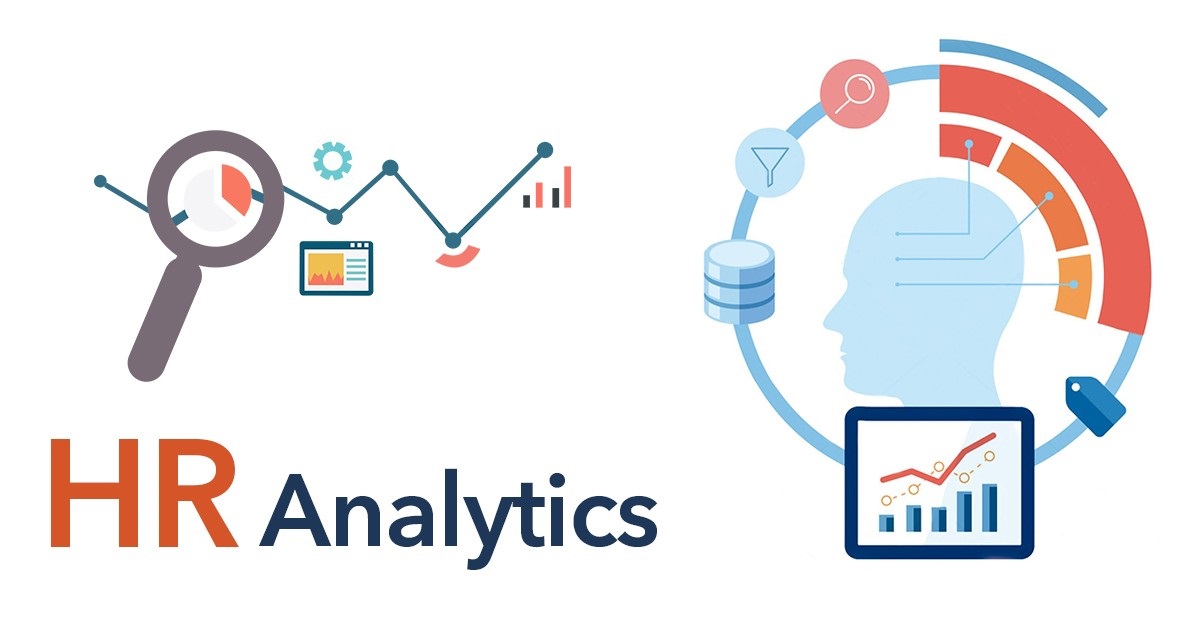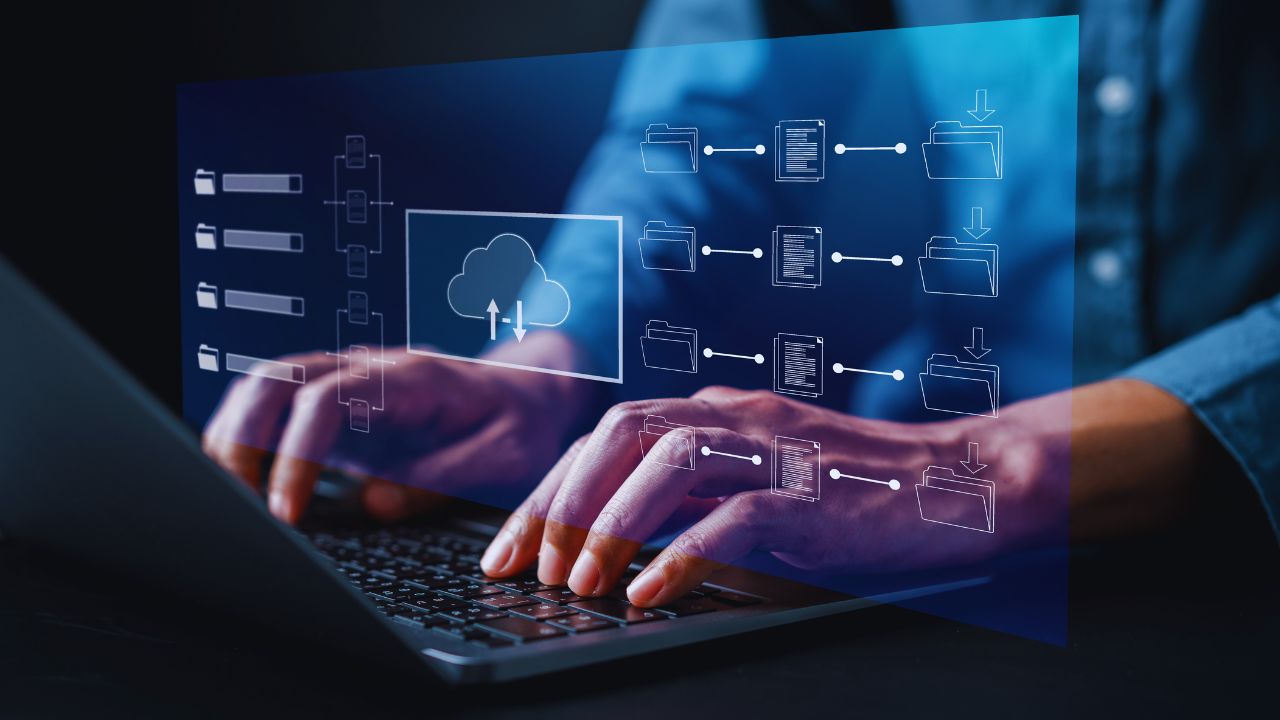Listen to the Podcast:
In today’s fast-paced business environment, data-driven decision-making is becoming increasingly important. This is especially true when it comes to human resources (HR), where analytics can provide valuable insights into employee performance, satisfaction, and retention. However, with so many HR analytics software options available, it can be overwhelming to choose the right one for your business. That’s where we come in. As a specialist in digital marketing and content writing, I’ve worked with numerous HR professionals to help them unlock the power of HR analytics. In this article, we’ll explore the benefits of HR analytics, what to look for in HR analytics software, and some of the top options on the market today. So, whether you’re just getting started with HR analytics or looking to upgrade your current software, read on to discover how to choose the right solution for your business.
Understanding the Value of HR Analytics
HR analytics is the process of using data to optimize human resource management. It helps organizations make data-driven decisions about their workforce by providing insights into employee behavior, performance, and satisfaction. By analyzing HR data, businesses can identify patterns and trends that can help them make more informed decisions about hiring, training, compensation, and retention. HR analytics can also help organizations identify areas where they can improve employee engagement, productivity, and satisfaction.
One of the key benefits of HR analytics is that it allows organizations to better understand their employees. By analyzing data on employee behavior and preferences, businesses can identify what motivates their staff and what factors impact their performance. This can help organizations create more effective incentive programs, training programs, and retention strategies. HR analytics can also help businesses identify areas where they need to improve their HR policies and procedures.
Overall, HR analytics can help organizations optimize their workforce management, improve employee engagement and retention, and reduce costs associated with HR. It is an essential tool for businesses that want to stay competitive in today’s fast-paced business environment.
HR Analytics Software: What to Look For
When choosing HR analytics software, there are several factors to consider.
- The first is the software’s functionality. The software should be able to collect and analyze data from a variety of sources, including HR management systems, employee surveys, and performance evaluations. It should also be able to provide insights into employee behavior, performance, and satisfaction.
- The second factor to consider is the software’s ease of use. The software should be user-friendly and intuitive, with clear instructions and easy-to-understand reports. It should also be customizable, allowing businesses to tailor the software to their specific needs.
- The third factor to consider is the software’s scalability. The software should be able to handle large amounts of data and be able to grow with the organization. It should also be compatible with other software systems used by the organization.
- Finally, it is important to consider the software’s pricing and support. The software should be affordable, with a pricing structure that is transparent and easy to understand. It should also come with customer support that is responsive and knowledgeable.
Key Features of HR Analytics Software
There are several key features that businesses should look for in HR analytics software. The first is data visualization. The software should be able to present data in a visual format that is easy to understand, such as graphs, charts, and dashboards. This can help businesses quickly identify patterns and trends in their HR data.
The second key feature is predictive analytics. The software should be able to use historical data to predict future trends and behaviors. This can help businesses identify areas where they need to improve their HR policies and procedures.
The third key feature is benchmarking. The software should be able to compare the organization’s HR data to industry benchmarks and best practices. This can help businesses identify areas where they are falling behind their competitors and make informed decisions about how to improve.
The fourth key feature is reporting. The software should be able to generate reports that are easy to understand and customizable. This can help businesses quickly identify areas where they need to focus their attention.
Overall, businesses should look for an HR analytics software that has robust data visualization, predictive analytics, benchmarking, and reporting features.
Types of HR Analytics Software
There are several types of HR analytics software available on the market today. These include:
- Stand-alone HR analytics software: This type of software is designed specifically for HR analytics and is not integrated with other software systems.
- Integrated HR analytics software: This type of software is integrated with other software systems used by the organization, such as HR management systems, performance management systems, and employee engagement platforms.
- Cloud-based HR analytics software: This type of software is hosted in the cloud and can be accessed from anywhere with an internet connection.
- On-premise HR analytics software: This type of software is installed on the organization’s servers and is accessed from within the organization’s network.
Each type of software has its own benefits and drawbacks, and businesses should choose the type that best fits their needs.
Choosing the Right HR Analytics Software for Your Business
When choosing an HR analytics software, businesses should consider their specific needs and goals. They should also consider factors such as the software’s functionality, ease of use, scalability, pricing, and support.
To choose the right software, businesses should start by identifying their HR analytics goals. They should then evaluate the different software options based on their functionality, ease of use, scalability, pricing, and support. They should also consider factors such as the software’s compatibility with other software systems used by the organization and the level of customization available.
Once a business has identified the software that best fits its needs, it should implement a plan for integrating the software into its HR management processes. This can include training employees on how to use the software and setting up processes for collecting and analyzing HR data.
Implementing HR Analytics Software: Tips and Best Practices
Implementing HR analytics software can be a complex process, but there are several tips and best practices that businesses can follow to make the process smoother.
The first tip is to involve key stakeholders in the implementation process. This can include HR professionals, IT professionals, and managers. This can help ensure that everyone is on the same page and that the software is integrated into the organization’s overall strategy.
The second tip is to create a plan for data collection and analysis. This can include setting up processes for collecting and storing HR data, as well as identifying the key metrics that the organization will track.
The third tip is to train employees on how to use the software. This can include providing training materials and hands-on training sessions. It is also important to provide ongoing support and assistance to employees as they get used to using the software.
Overall, businesses should approach the implementation of HR analytics software with a clear plan and a focus on involving key stakeholders, data collection and analysis, and employee training and support.
HR Analytics Case Studies: Real-Life Examples
To better understand the power of HR analytics, let’s look at some real-life examples of businesses that have successfully implemented HR analytics software.
- A large retail company used HR analytics software to identify the factors that were driving employee turnover. By analyzing data on employee behavior and satisfaction, the company was able to identify areas where they could improve their HR policies and procedures. This led to a reduction in employee turnover and improved employee engagement and satisfaction.
- A healthcare organization used HR analytics software to identify the factors that were driving employee burnout. By analyzing data on employee workload, job satisfaction, and stress levels, the organization was able to identify areas where they could reduce employee burnout and improve employee well-being.
- A technology company used HR analytics software to identify the factors that were driving employee performance. By analyzing data on employee behavior and performance, the company was able to identify areas where they could improve their training programs and incentive programs. This led to improved employee performance and increased productivity.
Overall, these case studies demonstrate the power of HR analytics in optimizing workforce management, improving employee engagement and retention, and reducing costs associated with HR.
HR Analytics Training and Certification
To fully unlock the power of HR analytics, businesses should consider investing in HR analytics training and certification. This can help HR professionals develop the skills and knowledge they need to effectively collect and analyze HR data.
There are several training and certification programs available, including those offered by the Society for Human Resource Management (SHRM), the Human Capital Institute (HCI), and the International Association for Human Resource Information Management (IHRIM).
By investing in HR analytics training and certification, businesses can ensure that their HR professionals have the skills and knowledge they need to effectively use HR analytics software and make data-driven decisions about their workforce.
Conclusion
In today’s fast-paced business environment, HR analytics is becoming increasingly important. By using data to optimize workforce management, businesses can improve employee engagement and retention, reduce costs associated with HR, and stay competitive in their industry. When choosing HR analytics software, businesses should consider factors such as functionality, ease of use, scalability, pricing, and support. They should also consider factors such as the software’s compatibility with other software systems used by the organization and the level of customization available. With the right software and the right approach to implementation, businesses can unlock the power of HR analytics and make data-driven decisions about their workforce.








































